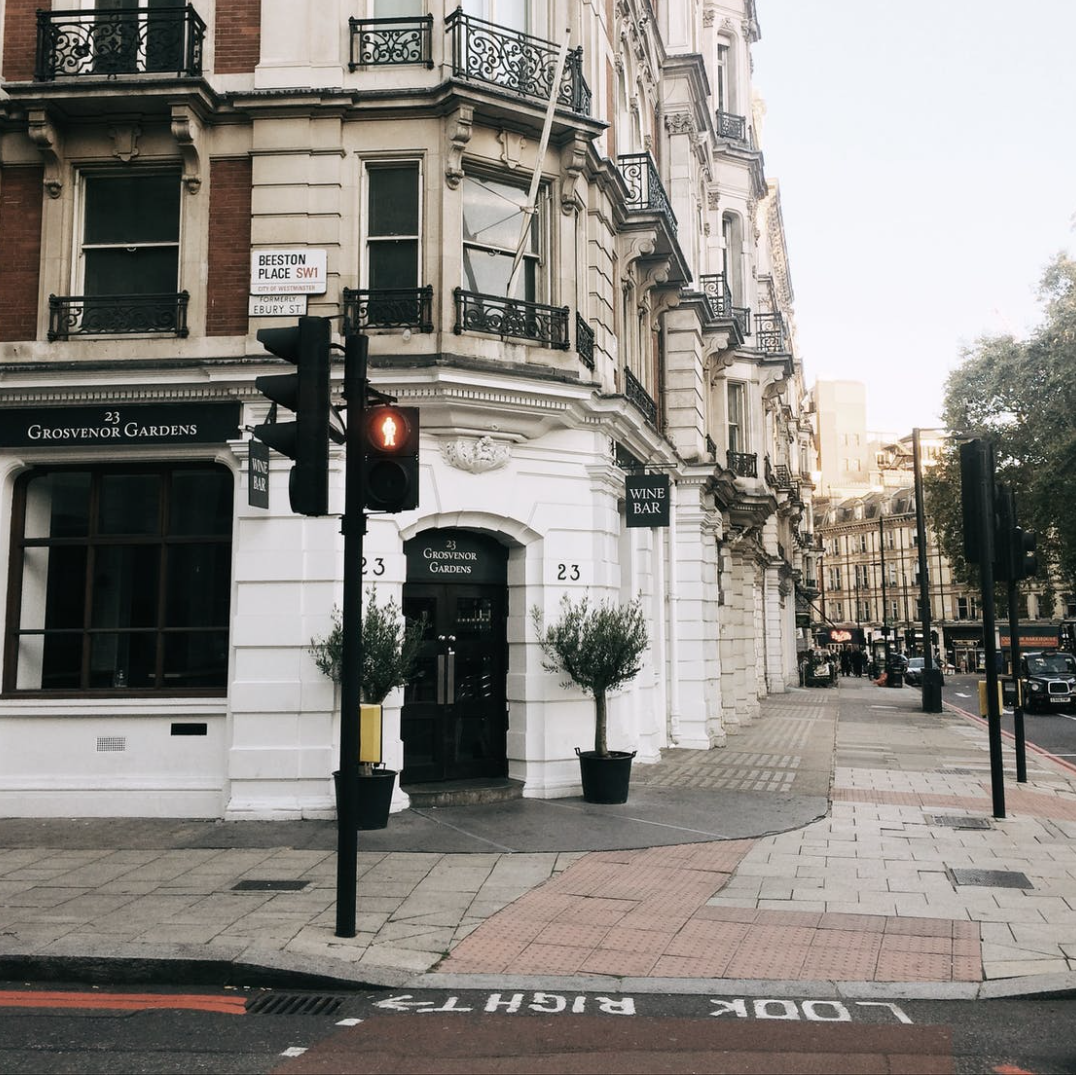2020 was a very tumultuous year for the economy in general, and the property market was no exception. Help was available for property holders in the form of Mortgage Holidays of up to 6 months, offered by financial lenders. This very much needed installment break has, however, impacted lenders who subsequently reduced mortgage offerings they have available.
Lamentably, this has affected first time purchasers as the greatest pressure has been on high loan-to-value (LTV) contracts, which means the mortgages available to them now require putting up a larger deposit.
The shortage in high LTV mortgages has had a much higher impact on first time buyers since they do not have existing property which could be used as equity for the deposit. Many first-time buyers saved enough deposit for the higher LTV mortgages prior to the first nationwide lockdown and would have been in a suitable position to purchase, but the drop in mortgage offerings has led to very few mortgages available with an LTV of over 90%. Those left have relatively high interest rates in order to offset the risk.
While first time purchasers may now feel that the market is priced beyond their reach, there are still ways to obtain assistance in overcoming this new obstacle:
The Government help-to-buy scheme allows buyers to enter the market with just a 5% deposit. Using this scheme will help first time buyers to afford lower LTV mortgages with the small deposit they have managed to save. At present, there are 3 types of help-to-buy schemes:
- Shared Ownership. Enables purchase of a share of a property, ranging from 25%-75%, and pay rent to the owner of the remaining share. Buyers can buy more shares over time to increase their stake in their own home. Typically, the other stakeholder in the property will be a housing association. All shared ownership properties are leasehold so there might also be service charges and other leasehold outgoings. The advantage with the scheme is that any potential buyer can buy their own home with just a small initial outlay.
- Equity Loan: This scheme is planned to change in April 2021. It currently allows those buying a new build property to borrow from 5%-20% of the property value from the government. They then only need to put up a 5% deposit from their own equity but will still have a total of 10% – 25% deposit which allows them access to many more affordable mortgages.
- Gifted Deposits. Although some lenders are starting to suppress this type of scheme, it is still a way of getting together a larger deposit more quickly. In essence, someone the buyer knows provides them with the deposit money and signs a declaration that they will not ask for the money to be returned and will not have a stake in the property being bought. This gifted cash then goes towards the deposit.
Given the various schemes available and the pros and cons of each scheme, property buyers should consult with professionals are financial advisors to ensure they fully understand the financial implications and obligations and choose the route best suited for their needs and situation.
While the COVID-19 pandemic is not over yet and there is even a current surge in certain countries, experts expect that as vaccines continue to roll out and the world gradually returns to normality, lenders will start opening up the higher LTV mortgages.
Bottom line, despite a certain mortgage crunch, especially for first time buyers, there are still quite a few ways of accessing more funds to gather a larger deposit together to enable buyers to get a foothold in the property market.




